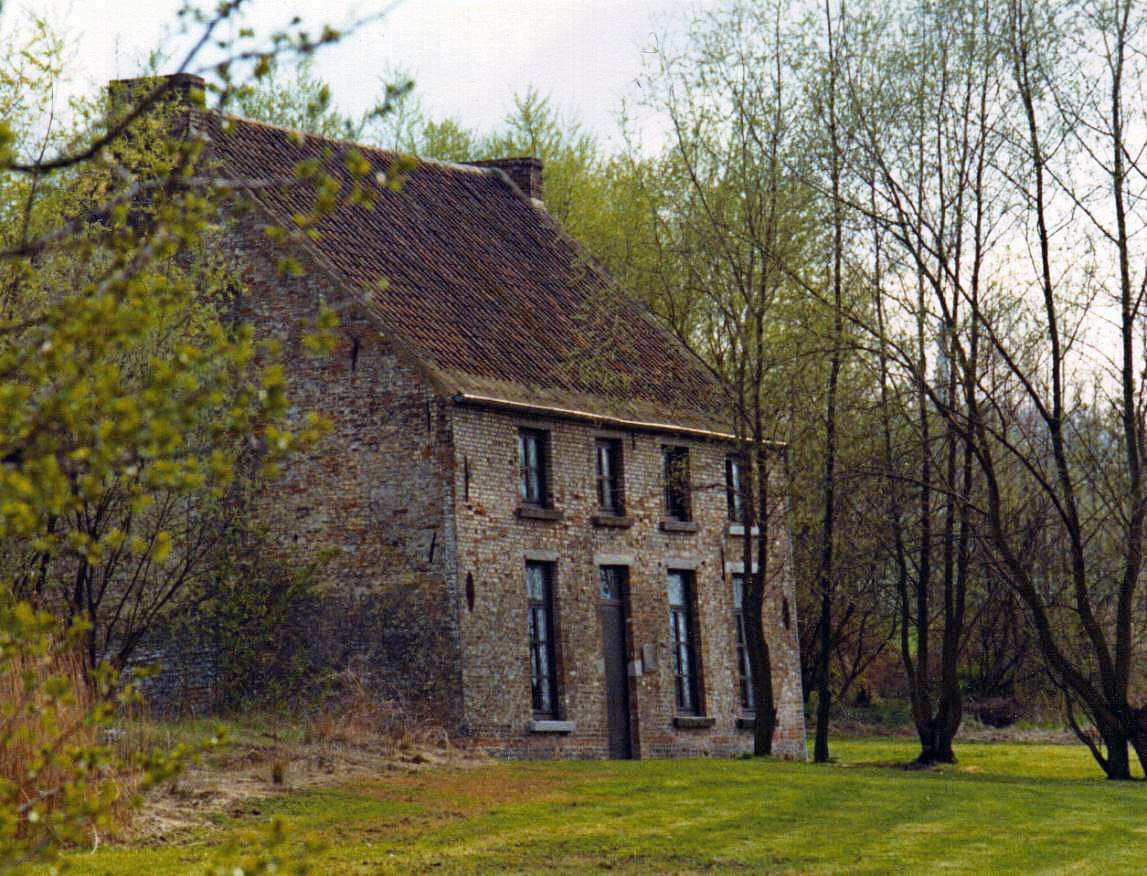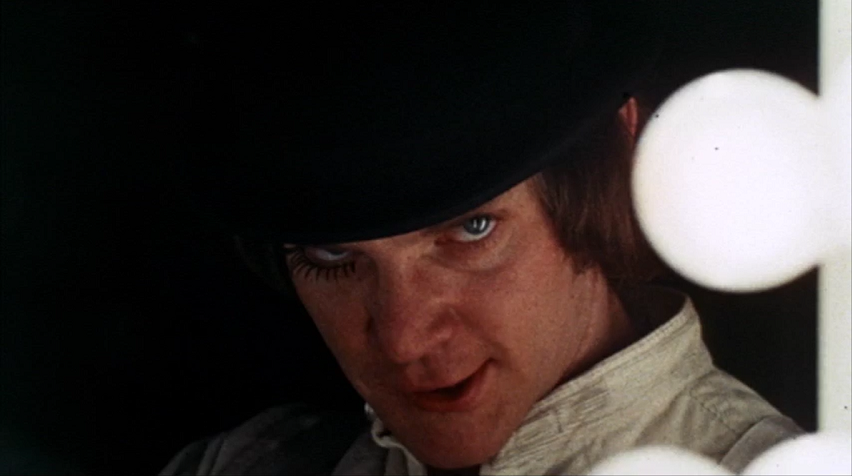|
Prisoners' Round (after Gustave Doré)
''Prisoners' Round (after Gustave Doré)'', also known as ''The Prisoners' Round'', or ''Prisoners Exercising'', or ''Penitentiary (after Doré)'', (F669) is an oil painting of February 1890 by Vincent van Gogh. This late work was painted at Saint-Paul Asylum in Saint-Rémy-de-Provence, Saint-Rémy, inspired by an 1872 engraving by Gustave Doré of the exercise yard (''le bagne'') at Newgate Prison. The original oil painting is held by the Pushkin Museum in Moscow. Van Gogh suffered an attack of ill mental health in 1888, and he was detained in a mental hospital from May 1889 to May 1890. The director of the hospital, Dr. Peillon, and Van Gogh's brother, Theo van Gogh (art dealer), Theo, encouraged Vincent to paint in order to aid his recovery. Unable to go out to paint from life, he turned to copying other works, including photographs and engravings. Rather than copying Doré's print, he worked from a more distinct woodblock reproduction by , from a Dutch magazine, (6 (1872–1 ... [...More Info...] [...Related Items...] OR: [Wikipedia] [Google] [Baidu] |
Vincent Van Gogh
Vincent Willem van Gogh (; 30 March 185329 July 1890) was a Dutch Post-Impressionist painter who is among the most famous and influential figures in the history of Western art. In just over a decade, he created approximately 2,100 artworks, including around 860 oil paintings, most of them in the last two years of his life. His oeuvre includes Trees and Undergrowth (Van Gogh series), landscapes, Still life paintings by Vincent van Gogh (Paris), still lifes, Portraits by Vincent van Gogh, portraits, and Portraits of Vincent van Gogh, self-portraits, most of which are characterised by bold colours and dramatic Paintwork, brushwork that contributed to the rise of expressionism in modern art. Van Gogh's work was only beginning to gain critical attention before he died from a self-inflicted gunshot at age 37. During his lifetime, only one of Van Gogh's paintings, ''The Red Vineyard'', was sold. Born into an upper-middle-class family, Van Gogh drew as a child and was serious, qui ... [...More Info...] [...Related Items...] OR: [Wikipedia] [Google] [Baidu] |
Johanna Van Gogh-Bonger
Johanna Gezina van Gogh-Bonger (4 October 1862 – 2 September 1925) was a Dutch editor who translated the hundreds of letters of her first husband, art dealer Theo van Gogh (art dealer), Theo van Gogh, and his brother, Vincent van Gogh. Van Gogh-Bonger played a key role in the growth of Vincent van Gogh's posthumous fame. Johanna and Theo van Gogh's son Vincent Willem van Gogh (art collector), Vincent Willem (1890–1978), who was named after his uncle, founded the Van Gogh Museum in Amsterdam. Family and early years Johanna (Jo) Gezina Bonger was born on 4 October 1862 in Amsterdam in the Netherlands. The daughter of Hendrik Christiaan Bonger (1828–1904), an insurance broker, and Hermine Louise Weissman (1831–1905), she was the fifth of seven children. She was especially close to her older brother Andries Bonger (1861–1936). Andries moved to Paris in 1879, and the two regularly exchanged letters. Her youngest brother, Willem Bonger, Willem Adriaan Bonger (1876–194 ... [...More Info...] [...Related Items...] OR: [Wikipedia] [Google] [Baidu] |
Adaptations Of Works By Gustave Doré
In biology, adaptation has three related meanings. Firstly, it is the dynamic evolutionary process of natural selection that fits organisms to their environment, enhancing their evolutionary fitness. Secondly, it is a state reached by the population during that process. Thirdly, it is a phenotypic trait or adaptive trait, with a functional role in each individual organism, that is maintained and has evolved through natural selection. Historically, adaptation has been described from the time of the ancient Greek philosophers such as Empedocles and Aristotle. In 18th and 19th-century natural theology, adaptation was taken as evidence for the existence of a deity. Charles Darwin and Alfred Russel Wallace proposed instead that it was explained by natural selection. Adaptation is related to biological fitness, which governs the rate of evolution as measured by changes in allele frequencies. Often, two or more species co-adapt and co-evolve as they develop adaptations that interl ... [...More Info...] [...Related Items...] OR: [Wikipedia] [Google] [Baidu] |
Paintings By Vincent Van Gogh
Painting is a Visual arts, visual art, which is characterized by the practice of applying paint, pigment, color or other medium to a solid surface (called "matrix" or "Support (art), support"). The medium is commonly applied to the base with a brush. Other implements, such as palette knives, sponges, airbrushes, the artist's fingers, or even a dripping technique that uses gravity may be used. One who produces paintings is called a painter. In art, the term "painting" describes both the act and the result of the action (the final work is called "a painting"). The support for paintings includes such surfaces as walls, paper, canvas, wood, glass, lacquer, pottery, leaf, copper and concrete, and the painting may incorporate other materials, in single or multiple form, including sand, clay, paper, cardboard, newspaper, plaster, gold leaf, and even entire objects. Painting is an important form of visual arts, visual art, bringing in elements such as drawing, Composition (visual art ... [...More Info...] [...Related Items...] OR: [Wikipedia] [Google] [Baidu] |
1890 Paintings
Year 189 ( CLXXXIX) was a common year starting on Wednesday of the Julian calendar. At the time, it was known as the Year of the Consulship of Silanus and Silanus (or, less frequently, year 942 ''Ab urbe condita''). The denomination 189 for this year has been used since the early medieval period, when the Anno Domini calendar era became the prevalent method in Europe for naming years. Events By place Roman Empire * Plague (possibly smallpox) kills as many as 2,000 people per day in Rome. Farmers are unable to harvest their crops, and food shortages bring riots in the city. China * Liu Bian succeeds Emperor Ling, as Chinese emperor of the Han dynasty. * Dong Zhuo has Liu Bian deposed, and installs Emperor Xian as emperor. * Two thousand eunuchs in the palace are slaughtered in a violent purge in Luoyang, the capital of Han. By topic Arts and sciences * Galen publishes his ''"Treatise on the various temperaments"'' (aka ''On the Elements According to Hippoc ... [...More Info...] [...Related Items...] OR: [Wikipedia] [Google] [Baidu] |
List Of Works By Vincent Van Gogh
This is an incomplete list of paintings and other works by the Dutch artist Vincent van Gogh (1853–1890). Little appreciated during his lifetime, his fame grew in the years after his death. According to the legend, Van Gogh sold only one painting, '' The Red Vineyard'', bought for 400 francs by the painter and art collector Anna Boch. Today, he is widely regarded as one of history's greatest painters and an important contributor to the foundations of modern art. Van Gogh did not begin painting until his late twenties, and most of his best-known works were produced during his final two years. He produced more than 2,000 artworks, consisting of around 900 paintings and 1,100 drawings and sketches. In 2013, '' Sunset at Montmajour'' became the first full-sized Van Gogh painting to be newly confirmed since 1928. Today many of his pieces—including his numerous self portraits, landscapes, portraits and sunflowers—are among the world's most recognizable and expensive works o ... [...More Info...] [...Related Items...] OR: [Wikipedia] [Google] [Baidu] |
A Clockwork Orange (film)
''A Clockwork Orange'' is a 1971 dystopian fiction, dystopian crime film adapted, produced, and directed by Stanley Kubrick, based on Anthony Burgess's A Clockwork Orange (novel), 1962 novel. It employs disturbing and violent themes to comment on psychiatry, juvenile delinquency, youth gangs, and other social, political, and economic subjects in a dystopian near-future Britain. Alex (A Clockwork Orange), Alex (Malcolm McDowell), the central character, is a charismatic, anti-social delinquent whose interests include classical music (especially that of Ludwig van Beethoven, Beethoven), committing rape, theft, and "ultra-violence". He leads a small gang of thugs, Pete (Michael Tarn), Georgie (James Marcus (English actor), James Marcus), and Dim (Warren Clarke), whom he calls his ''droogs'' (from the Russian language, Russian word друг, which is "friend", "buddy"). The film chronicles the horrific crime spree of his gang, his capture, and attempted rehabilitation via an experime ... [...More Info...] [...Related Items...] OR: [Wikipedia] [Google] [Baidu] |
State Museum Of New Western Art
The State Museum of Modern Western Art ( ''GMNZI'') was a museum in Moscow. It was based on the collection of paintings assembled by Sergei Schukin and Ivan Morozov (businessman), Ivan Morozov, and nationalized by the Soviet Russia in 1918. Sergei Schukin collection was transformed into the 1st Museum of Modern Western Painting, while Ivan Morozov’s collection was made into the 2nd Museum of Modern Western Painting. In 1923, the 1st and 2nd Museums of Modern Western Painting were merged to form the State Museum of Modern Western Art. In 1941-1944 during World War II, the collection was evacuated to Sverdlovsk. It was shut down on 6 March 1948 by Stalin and its art pieces were split between the Hermitage Museum in St. Petersburg and the Pushkin Museum in Moscow. Art expert Natalia Semenova noted that “because of the dread that the Moscow-based curators of the Pushkin Museum had displayed, as they feared to leave the utterly “formalist” masterpieces of Picasso, Cezanne ... [...More Info...] [...Related Items...] OR: [Wikipedia] [Google] [Baidu] |







